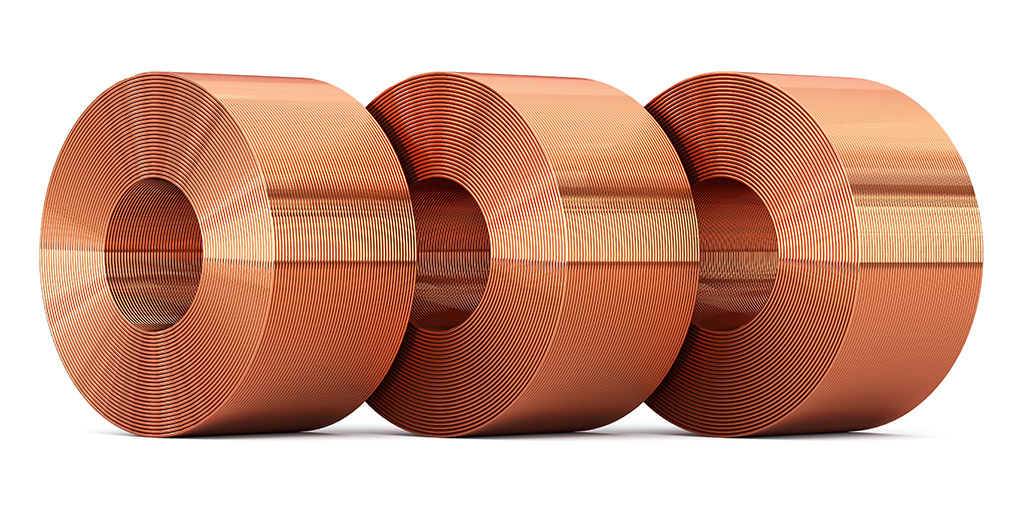Non-ferrous Metal Smelting
The main equipment for non-ferrous metal smelting is the non-ferrous metal smelting furnace. The quality, demand and selection of refractory materials are important factors to improve the life and output of non-ferrous metal smelting furnaces.
Refractories for the Non-ferrous Metal Smelting

Non-ferrous metal smelting furnaces are the main equipment used in non-ferrous metal smelting processes, and the selection of refractory materials is crucial in improving the furnace’s life and output. The furnace structure depends on the specific pyro-smelting process, and different furnaces are selected accordingly for non-metallic materials.
Aluminum melting furnaces, such as reverberatory, rotary drum, and induction furnaces, operate within a temperature range of 700-1000°C. The penetration and erosion of molten aluminum are the primary causes of damage to the furnace lining. Lining materials typically used for these furnaces include clay bricks, high-alumina refractory bricks, corundum-mullite bricks, and high-alumina and refractory castables.
Magnesia-chrome or chrome-magnesia refractory bricks are commonly used in the inner lining of copper smelting converters in various countries. However, due to the environmental impact associated with chromium, there is a need to develop new green refractory materials that are environmentally friendly to replace chromium-containing materials.
The tuyere area and converter slag line are areas of weakness in the converter lining. Therefore, it is recommended to use high-grade and high-quality refractory bricks to alleviate these issues.
Lead and Zinc Industry
Lead-zinc sealed blast furnace
The furnace top should be maintained at a high temperature of 1050-1100°C while hot air is blown at 800-850°C. The hearth of the lead-zinc airtight blast furnace is built with magnesia bricks, the bosh is a water jacket, the furnace body is built with high-alumina bricks, and the hearth is knotted with high-alumina unshaped refractories. Currently, two lead-zinc sealed blast furnaces in China use chrome slag bricks and aluminum-chromium-titanium bricks in the front and inner villages, respectively.
Zinc concentrate fluidized roasting furnace (fluidized furnace)
It is built with clay bricks, and the furnace bottom distribution plate, feeding front room, discharge port, and other parts are also made of refractory clay concrete. Another development direction is that unshaped refractory materials can be used entirely.
Induction melting zinc electric furnace body
Clay bricks are used for masonry, and the melting channel is made of unshaped refractory materials. The temperature of the induction type cannot sinter the refractory materials made by ramming into a whole, and adhesives are needed to combine them into a whole. Sodium silicate clay material is commonly used at present.

